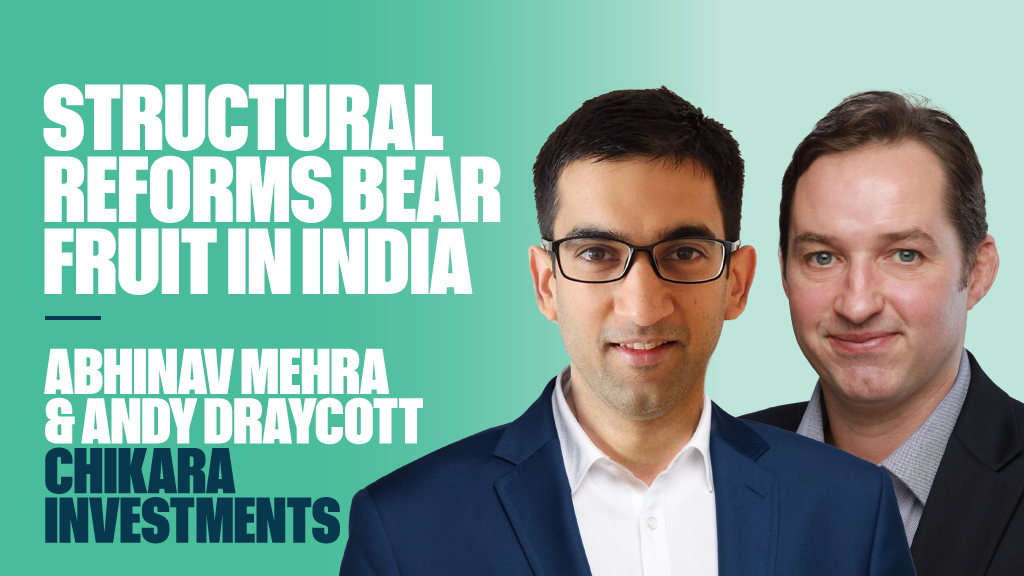Unless Neil Woodford, Craig Newman, Nick Hamilton and co will be robbed of that opportunity by a series of leaks across the trade and national press, then it might not take quite so long.
But I sense that we are perhaps creating our own media frenzy where there may not actually be one.
At Portfolio Adviser’s Expert Investor UK Equity Income event held yesterday (Thursday 13 February), the question was posed as to whether the money would stick with Invesco, follow Neil over to, erm, Woodford or if investors would turn elsewhere – as we’ve already seen happening.
The net responses, from a room full of leading wealth managers, were pretty neutral.
A third said they would remain in the fund – making Hargreaves Lansdown’s calls for an in specie bulk transfer redundant – for them, anyway. Another third said they would turn to another known UK equity income fund, while a third were still considering options.
No one said they would move their money to Neil’s new home – 0%.
So, who is the devil best known, in this instance? Do you want the style and performance of Neil Woodford, or the fund itself, in which case, Mark Barnett?
What do we know? We know that Woodford Investment Management LLP has been registered with Companies House. We know Woodford has brought in some of his mates from Invesco who will be a very merry band of brothers indeed with a product that will almost sell itself solely because of the exceptional talents of the man at its helm.
If others might join them, it might be an equal worry for the management team over in Henley.
Won't do things by halves
And we know that Oakley Capital, by providing him with an administrative infrastructure helps him get the ball rolling so that come 1 May, he is as good as in the starting blocks.
Oakley has been adamant that the association is a transitory one, and the industry word is that Woodford is not likely to do things by halves.
Mark Dampier, Hargreaves Lansdown’s head of research said he was “planning, and is capable of building, a proper asset management business. We’re not talking about a boutique here.”
As well as the ‘Invesco mirror’ portfolio expected to be launched in May, Woodford’s desire for the unquoted space is well-known and he is said to have expressed interest in launching an incubator portfolio that might take some small or micro caps and hold on to them for 15 years or so. In which case, one would expect he would look at a closed-ended fund structure.
That said, the obvious priority would be to kick things off with the headline fund and then have his sexier portfolio running in the shadows, or later down the line once the dust settles.
So, the in specie debate.
While HL has been clear in its push for Invesco to put its clients’ interests first and facilitate the in specie transfer, others believe this is highly unlikely.
Having witnessed this more than a decade ago when Patrick Evershed left Rathbones and moved to New Star, HMRC has not allowed one since.
We didn’t hear of the same suggestion when Richard Buxton moved from Schroders to Old Mutual Global Investors, nor when Cormac Weldon left Threadneedle for Artemis. “I’d be gobsmacked if HMRC allowed it as it would really open the floodgates,” one wealth manager’s research director said.
It’s clear to see why Invesco wouldn’t green light a bulk move, but why would they?
Showing some dignity and protecting their industry reputation?
“They know a load of assets are going out the door, why try and stop them?” one director at a platform business said.
Perhaps it might be to bolster a relationship with one (or several) of their major buyers.
There are also the clear portfolio management reasons where a greater liquidation of larger stocks might see the portfolio rebalanced in favour of the smaller end of the cap spectrum – and what are the implications for its income payments then?
One could argue that preventing clients from a CGT hit is treating them more fairly, but if they’re heading out the door, who’s to say that you care, given they are not your clients anymore.
There is also uncertainty as to whether Invesco would be applying a dilution levy to anyone leaving the funds, which would incur additional charges for their unit holders.
Sadly, many of the questions over the operational side of how the assets will transfer remain to be answered, with Invesco (and much of the press coverage) focusing on performance, investment style and tenure.
But that all seems a bit obvious. They’re hardly going to appoint a successor whose numbers fail to stack up, are they?
So, to the original point, is the money going to hit Woodford, or the more established names of Schroders, Artemis, RLAM, Threadneedle etc where this is less of an issue?
And if an in specie transfer is arranged for the biggest clients then that brings in fairness at a whole other level. Why should investors in HL, Brewin Dolphin, St James’s Place and other major stakeholders be treated any differently than an equally loyal investor with less clout?











